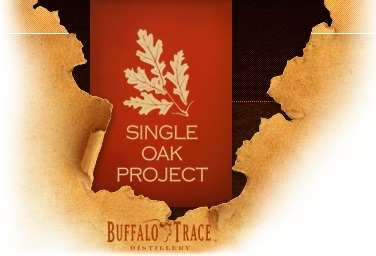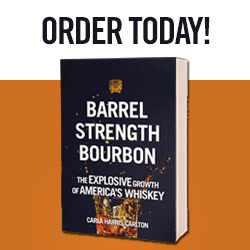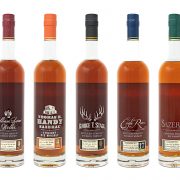
One year into its Single Oak Project to find the perfect bourbon, Buffalo Trace has released the fifth round of experiments. This round focuses on three variables: the recipe (rye versus wheat); the entry proof (105 versus 125 proof); and the wood grain size (tight, average or coarse).
The project began in 1999 when Buffalo Trace selected 96 different white oak trees with different grains and divided them into top and bottom pieces. The staves from these 192 sections were dried for either six or 12 months and then assembled into 192 barrels. The barrels were given either a No. 3 or 4 char and filled with either rye or wheat recipe bourbon in one of two proofs, 105 or 125. They are being aged in two different warehouses, one with wooden floors and the other with concrete floors.
Single Oak Project bourbons are being released every three months through 2015 until all 192 combinations are out there. The first were sold in 2011, and this fifth batch should be in stores by the end of May. The suggested retail price for each 375ml bottle is about $46.
Each barrel is identified only by a number (the fifth batch is from barrels 1, 17, 33, 49, 65, 81, 97, 113, 129, 145, 161 and 177). After you taste one, you can visit the Single Oak Project here to review it. Once you submit your review, you’ll be told the details of that barrel and can compare reviews. At the end of the experiment, Buffalo Trace will make more of the top vote-getter and release it under the Single Oak Project label.
A year in, what is winning? With nearly 1,550 reviews submitted so far, it’s a three-way tie among barrels 10, 106 and 184, says brand manager Kris Comstock. The only thing they have in common? In each case, the wood from these top barrels came from the bottom half of the tree.





